In the ever-evolving world of e-commerce, designing a website that captivates and converts visitors into loyal customers is paramount. But the harsh reality is that most websites are failing to do so. Recent data shows the average website conversion rate is just 2.35% across all industries. In this blog post, we’ll look at website design’s role in creating an e-commerce website that wows.
Why Is Website Design in E-commerce Important?
A poorly designed e-commerce site can have detrimental effects on sales, with businesses experiencing an average loss of 35% in revenue due to a bad website user experience. However, there are many reasons website design is important in e-commerce, including:
- User engagement (UI Design): An appealing and user-friendly website design captures visitors’ attention and encourages them to explore further. Engaged users are more likely to stay on the site, browse products and make purchases.
- Conversion Optimization: Effective website design includes strategically placed call-to-action buttons, persuasive product displays and simplified checkout processes. Businesses can increase conversion rates and drive more sales by optimizing these elements.
- Trust and Credibility: A well-designed website plays a crucial role in instilling confidence in visitors and establishing a sense of professionalism and trustworthiness. In fact, nearly half of surveyed internet users consider website design the primary determining factor when assessing a business’s credibility.
- Enhanced User Experience (UX Design): A well-designed website prioritizes user experience by providing intuitive navigation, easy-to-find information, and efficient search functionality. This positive experience encourages repeat visits and fosters customer loyalty.
Designing a Powerful E-commerce Website
To maximize the power of e-commerce and drive successful online sales, make sure you prioritize the following when designing your e-commerce site:
Understanding the Buyer Journey
Use data to glean insights into your target audience’s buying process and design user experience (UX) features that guide them seamlessly from discovery to purchase. The more you can optimize the buyer journey, the better equipped you’ll be to meet and exceed your customers’ expectations. From intuitive navigation and personalized product recommendations to streamlined checkout processes and responsive design, every aspect of your website should be tailored to create a delightful and customized experience for each visitor.
Compelling Imagery, Copywriting and Product Descriptions
Did you know the average person scrolls more than five miles per year on their smartphone? That’s a lot of scrolling! And unfortunately for you, that’s a lot of content consumers are taking in daily, making it easier for your content to get lost in the shuffle or overlooked completely. The good news is you can use captivating and high-quality product images to showcase your offerings and stand out from the crowd. Use persuasive copywriting and product descriptions to effectively communicate value propositions and engage visitors, compelling them to take action.

Mobile Optimization
Did you know that 80% of Americans shop online? Optimize your e-commerce website for mobile devices. Ensure responsive design, fast loading times and intuitive navigation on smaller screens to provide a seamless mobile experience.
Effective Calls-to-Action
Strategically position compelling CTAs throughout your website to encourage visitors to take specific actions. Use clear, action-oriented language that creates a sense of urgency or offers incentives to prompt conversions.
Integration With E-commerce Platforms
Consider integrating your website with popular e-commerce platforms such as Shopify and WooCommerce. These platforms offer robust features and tools to streamline inventory management, order processing and customer tracking.
Streamlined Cart/Checkout Process
Simplify the cart and checkout process to reduce friction and minimize cart abandonment. Implement a guest checkout option, offer multiple payment methods and provide clear progress indicators to guide customers smoothly through the purchase process.
Integration With Social Media, Digital Campaigns and SEO
To leverage the full potential of social media in driving e-commerce success, it’s crucial to integrate your e-commerce site with popular social platforms. By doing so, you can tap into the power of social sharing, encourage customers to share products and reviews, and amplify your brand reach. The impact of social media reviews should not be underestimated, as an overwhelming majority of consumers (99.9%) indicate that they read reviews when shopping online.
Implement digital campaigns and employ effective search engine optimization (SEO) strategies to drive traffic and enhance visibility in search engine results.

Security Measures
Prioritize your customers’ data security by implementing SSL certificates, encrypted payment gateways and robust security measures. Building trust through a secure online environment is crucial for inspiring confidence in potential buyers.
Improve Your Conversion Rates With Yellow Duck Marketing
Wondering if your website is optimized for conversion? At Yellow Duck Marketing, we have the tools and expertise to bring your website to the next level. Contact us today to learn more about how we can create a dynamic e-commerce website for your business or organization that will engage your customers and convert.










Leave a Reply